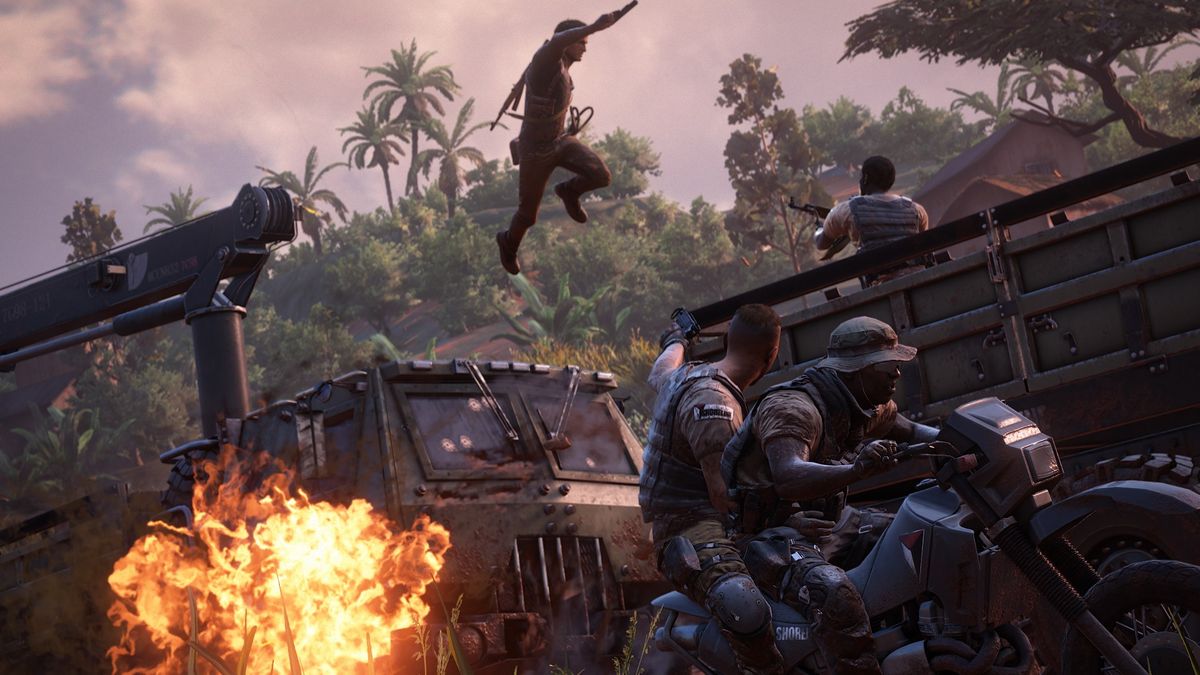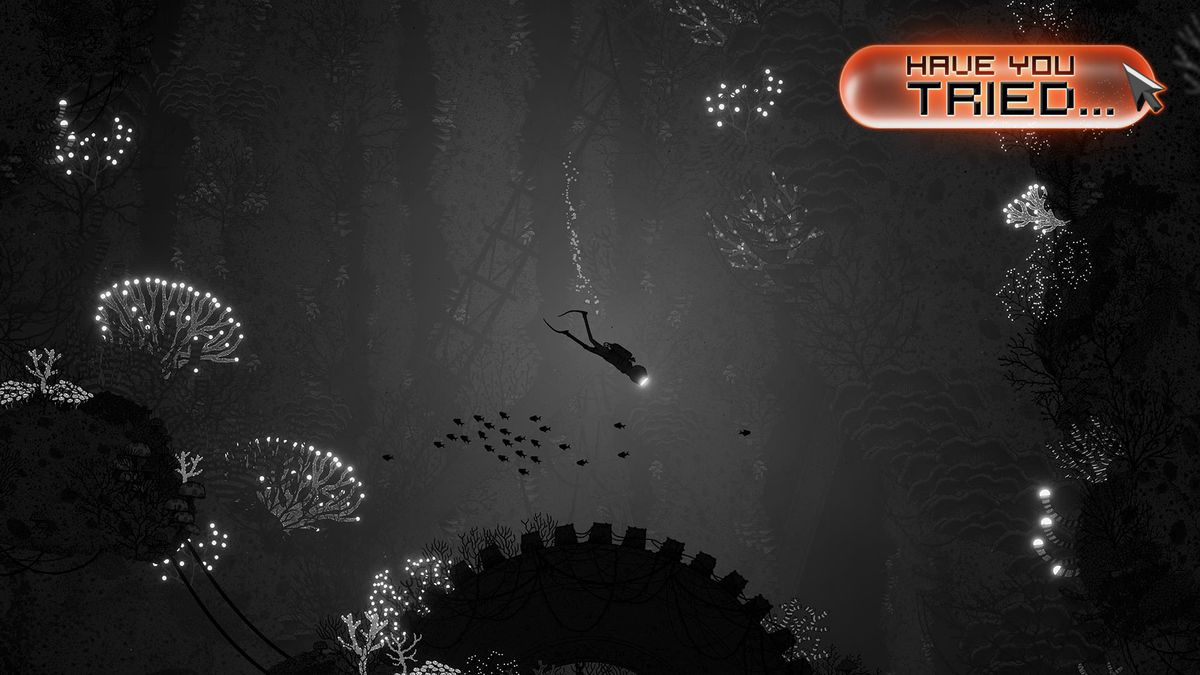This animated adaptation is visually impressive, but falls short when it comes to story. Here’s Jordan Farley’s reaction…
Since its publication in 1943 Antoine de Saint-Exupéry’s illustrated novella The Little Prince has become one of the best-selling books ever made, with nearly two million copies bought every year. It’s beloved, not least of which by this animated adaptation’s director Mark Osborne (Kung Fu Panda) whose post-credits message thanks his wife for giving him a copy many moons ago. Clearly it was a labour of love for all involved, and the film astonishes visually, but it doesn’t quite hold together as an expansion of the original tale.
The big change is a new framing device featuring a Little Girl (Mackenzie Foy) whose over-bearing, ultra-organised, workaholic mother (Rachel McAdams) has planned her daughter’s whole summer around study for an entrance exam to the prestigious Werth Academy. The Little Girl is distracted from her clockwork routine by her neighbour, The Aviator (Jeff Bridges) who lives in a rickety old house full of Heath Robinson contraptions with a broken bi-plane in the garden. Over the course of the summer The Aviator enthrals The Little Girl with the story of The Little Prince (Osborne’s son Riley) who he purports to have met after crashing his plane in the desert, and one day hopes to see again.
It’s these story-within-a-story sequences taken directly from the novella that impress most. Rendered in stop motion with a beautiful paper craft and felt effect they look magnificent, capturing the spirit of Saint-Exupéry’s simple watercolour illustrations – evocative and characterful with a hint of melancholy to the way it makes everything look so fragile. It’s deployed, in part, to differentiate The Aviator’s yarns from the rest of the tale but it’s a shame the technique is limited purely to these brief scenes. The film’s primary art style (clean, stylised CG minus some technical bells and whistles) is charming but doesn’t feel anywhere near as unique.

Osborne and his fellow writers (The Boxtrolls’ Irena Brignull and Puss In Boots’ Bob Persichetti) had a tough job expanding the globally adored, but slight, novella and they fail as often as they succeed. The opening chapters of The Little Girl’s story work well enough. There’s some good stuff on what it means to be a kid in a world where academic expectations are placed on you from an early age at the expense of human connections. Escaping her books, the closeted Little Girl is enamoured by the tale of an asteroid bound little-boy who falls in love with a rose before coming to earth and befriending a fox, just as we are. But a late flight of fancy that sees The Little Girl travel to a planet populated entirely by hunched, grey-suited businessmen where The Little Prince has grown into The Adolescent Prince (Paul Rudd) goes on too long and doesn’t have the magic or whimsy of the stop motion sections.
The book has stood the test of time in part because of its sombre ruminations on human relationships and loss, and that is present in this film adaptation, but the messages aren’t mirrored neatly enough in the framing story to have enough of an impact. Too often they just feel like platitudes mouthed by characters who don’t mean them, or earn the right to say them.
And yet, The Little Prince is still consistently beguiling. The voice work is generally excellent – particularly Interstellar’s Foy, who imbues The Little Girl with wide-eyed enthusiasm, and Jeff Bridges who’s back on crazy old coot duty as the eccentric Aviator. The character animation meanwhile offers Pixar-grade charm, especially The Little Girl’s bushy tailed cuddly toy who springs to life at one point and runs away with the whole movie. He’s a shoe-in for the Palme f’Ox.
Brimming with heart and admiration for the source material, The Little Prince is a tale that dazzles visually (French studio On Animation do wonders with a modest budget for this type of movie) but never quite hits a similar high in its storytelling.
In partnership with Microsoft, powered by the HP Spectre x360
 Game News Video Games Reviews & News
Game News Video Games Reviews & News


